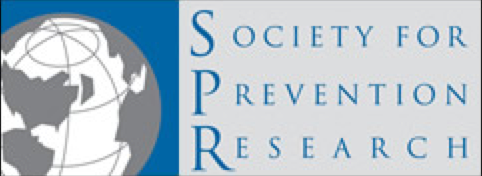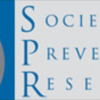By
David L. Shern, Ph.D. and Andrea K. Blanch, Ph.D.
 At the 2015 Annual Meeting of the Society for Prevention Research recently held in Washington, D.C., David Orszag, the former director of the Office of Management and Budget and the Congressional Budget Office, presented sobering data on the effects of inequality on US life expectancy.
At the 2015 Annual Meeting of the Society for Prevention Research recently held in Washington, D.C., David Orszag, the former director of the Office of Management and Budget and the Congressional Budget Office, presented sobering data on the effects of inequality on US life expectancy.
While life expectancy has increased in the US over the last decade, women in the lowest SES classes have actually shown a decrease in life expectancy. While all male SES groups showed an increase in life expectancy, men in the lower SES groups’ life expectancy has increased significantly less that men from higher SES. He attributed these differences to the levels of adversity and hopelessness experienced by individuals from lower SES groups who have poorer access to educational and economic assets.
Orszag also presented data showing how parental SES impacts an individual’s ability to move up the SES gradient. High achieving lower income students are as likely to complete college as low achieving higher income students. In other words, intelligence and achievement do not counter the effects of social class. This calcification of our opportunity structure is among the greatest threats to our overall viability as a nation.
This sobering portrayal of current reality stands in sharp contrast to what could be. Another presentation featured David Olds, the creator of the Nurse Family Partnership (NFP), and Darcy Lowell, founder of Child First. Both programs focus on early childhood stressors that have a lifetime impact on health and wellbeing. Both have been rigorously studied using randomized clinical trials - the “gold standard” research method. Both reported important reductions in toxic stress and trauma as well as important improvements in maternal and child health – including child injuries and death.
Olds discussed 30 years of research on NFP, which is targeted at low income, first time mothers. The program offers prenatal and two years of postnatal visits and support from nurses. His research demonstrates that relative to control families, NFP families have dramatic reductions in child abuse rates, reduced infant mortality and injury, improved educational readiness for children whose mothers have fewer psychological resources, mother’s reduced reliance on welfare, increased likelihood of marriage, reduced criminal justice involvement and greater spacing of pregnancy.
Lowell summarized research on Child First, which targets very young children at high risk for exposure to adverse events. Families in the study had very low socioeconomic status and high rates of parental depression and substance abuse. Child First provided in-home psychotherapy embedded in a system of care initiative. Children who received the intervention were five times less likely to have aggressive/defiant behavior and four times less likely to have language problems. Mothers were 64% less likely to have clinically significant mental health problems, reflecting both effective treatment and prevention. Families were four times less likely to be involved with child protective services at one year follow-up, with 91% of their service needs meet as contrasted with 33% of control families. Other studies of Child First show significant reductions in children’s traumatic events, mental health symptoms and parental distress.
Taken together, these presentations highlight the challenge and opportunity that we currently confront. The adverse, lifelong effects of poverty and inequality are well known. Not as well-known is our ability to dramatically reduce these negative impacts by carefully delivered programming – such as Child First and NFP. The effects are particularly pronounced for the poorest among us. Social policies and programs that reduce the levels of adversity and increase resilience and social support have a strong evidence base. We need a more assertive social and political movement to advertise and promote practices and policies known to ameliorate this damage. It is critically important for everyone’s health.




Comments (0)